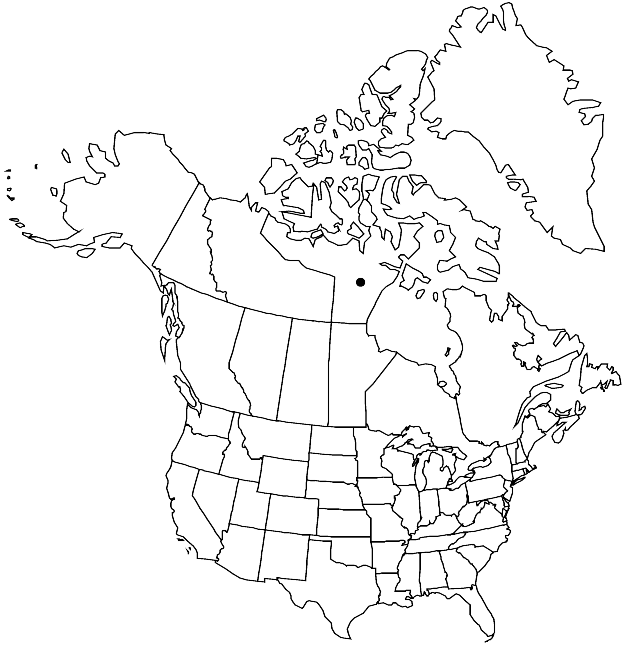Braya humilis subsp. ellesmerensis
Novon 16: 345. 2006.
Stems usually ascending (prostrate in fruit), unbranched, 0.3–1.6 dm, moderately pubescent. Leaves: blade margins pinnatifid or entire, surfaces moderately pubescent. Flowers: petals white or purple-tinged, (3–) 4–5.6 × (1.3–) 2–3.3 (–3.8) mm. Fruits usually fertile and fully developed, not or weakly torulose, (1–) 1.2–1.8 (–2) mm wide; septum often fenestrate (with circular perforations at regular intervals longitudinally or with a narrow, elliptical, longitudinal split at base or both). 2n = 42.
Phenology: Flowering Jun–Jul, fruiting Jul–Aug.
Habitat: Sand, clay, and gravel slopes and plains
Elevation: 0-200 m
Discussion
Prostrate fruiting stems, exceptionally broad, non-torulose fruits, and fenestrate silique septae distinguish subsp. ellesmerensis from other subspecies of Braya humilis. It is known only from northern Ellesmere Island.
Selected References
None.
Lower Taxa
"not" is not a number. "elongated" is not a number."thick" is not a number."dm" is not declared as a valid unit of measurement for this property."dm" is not declared as a valid unit of measurement for this property.
